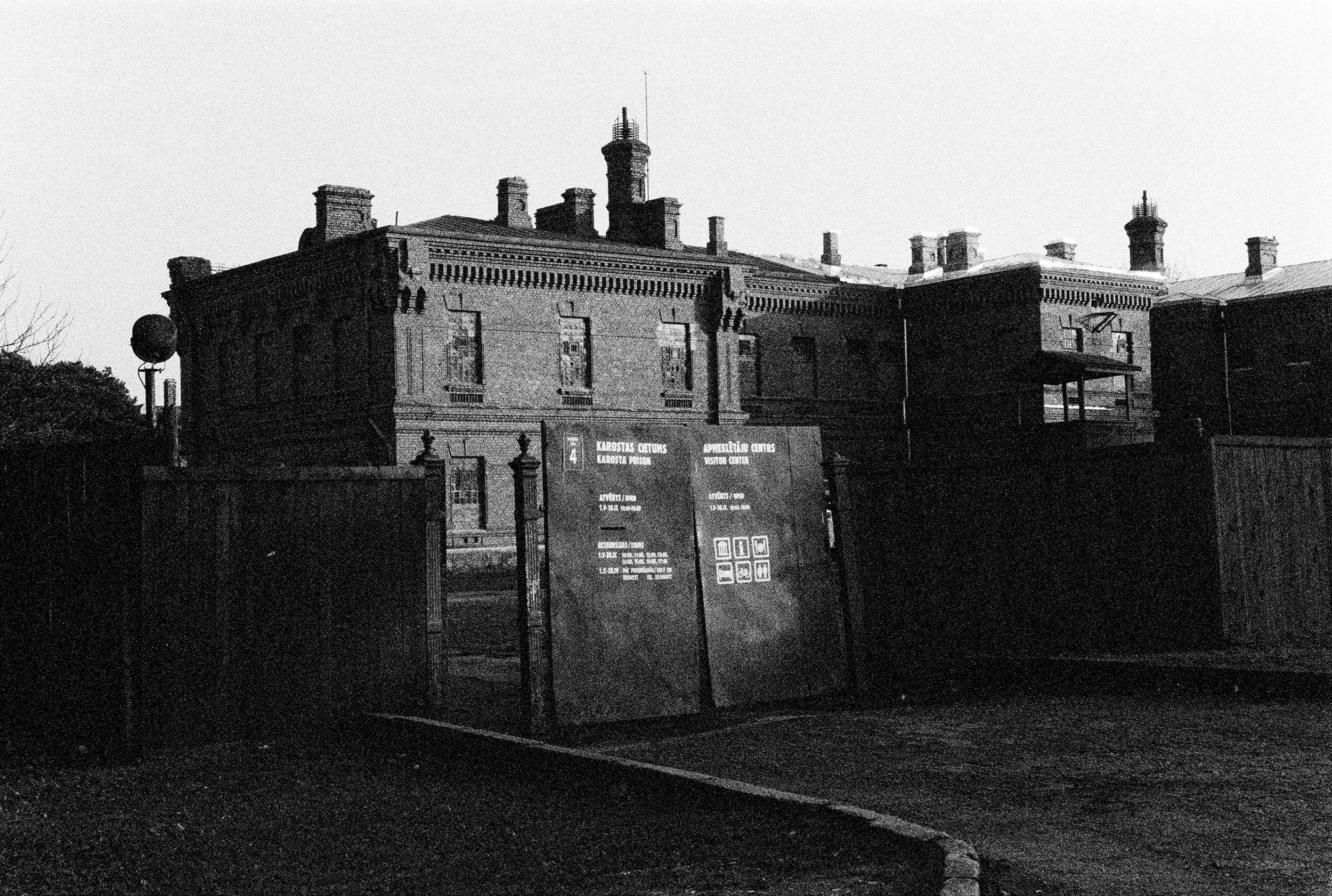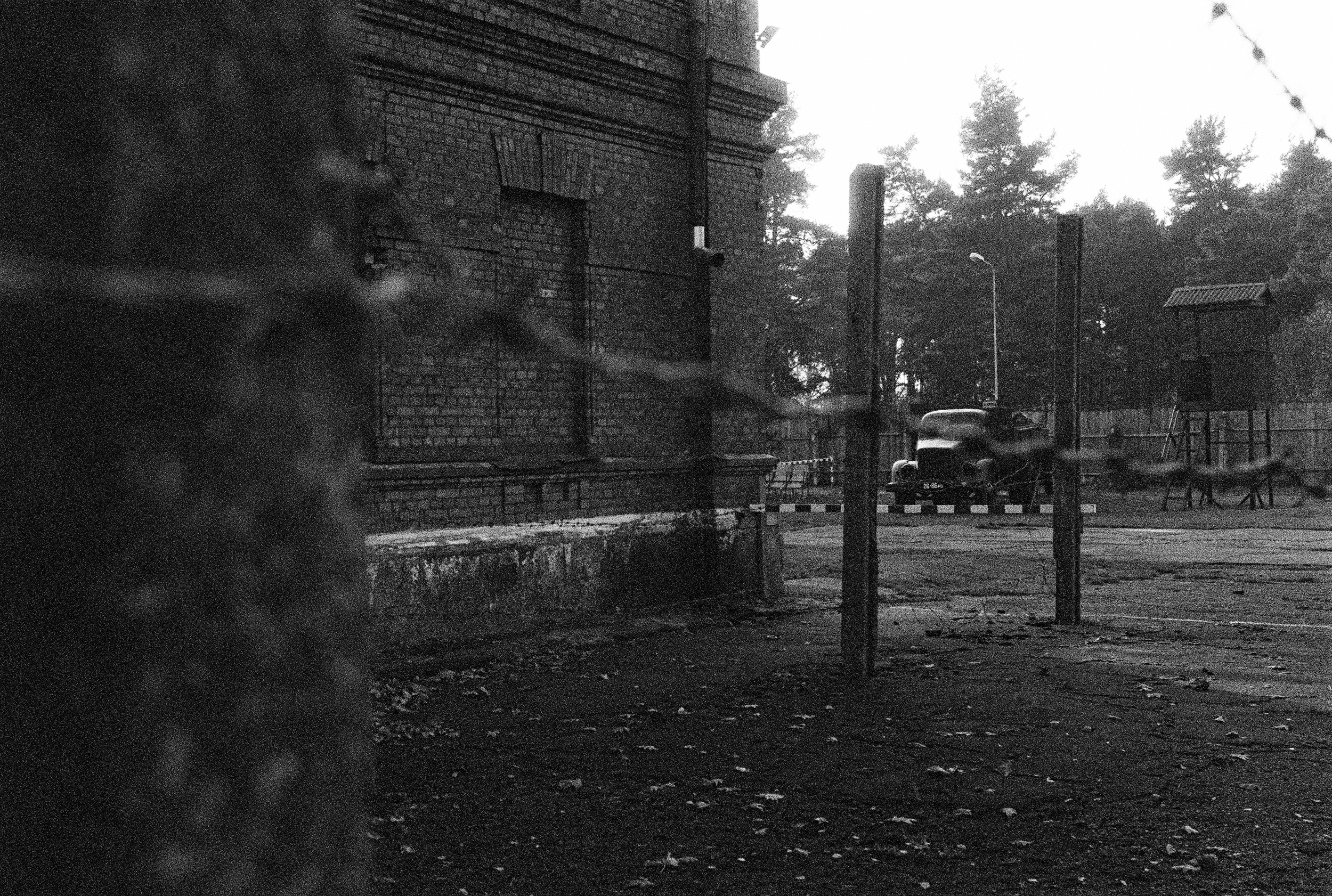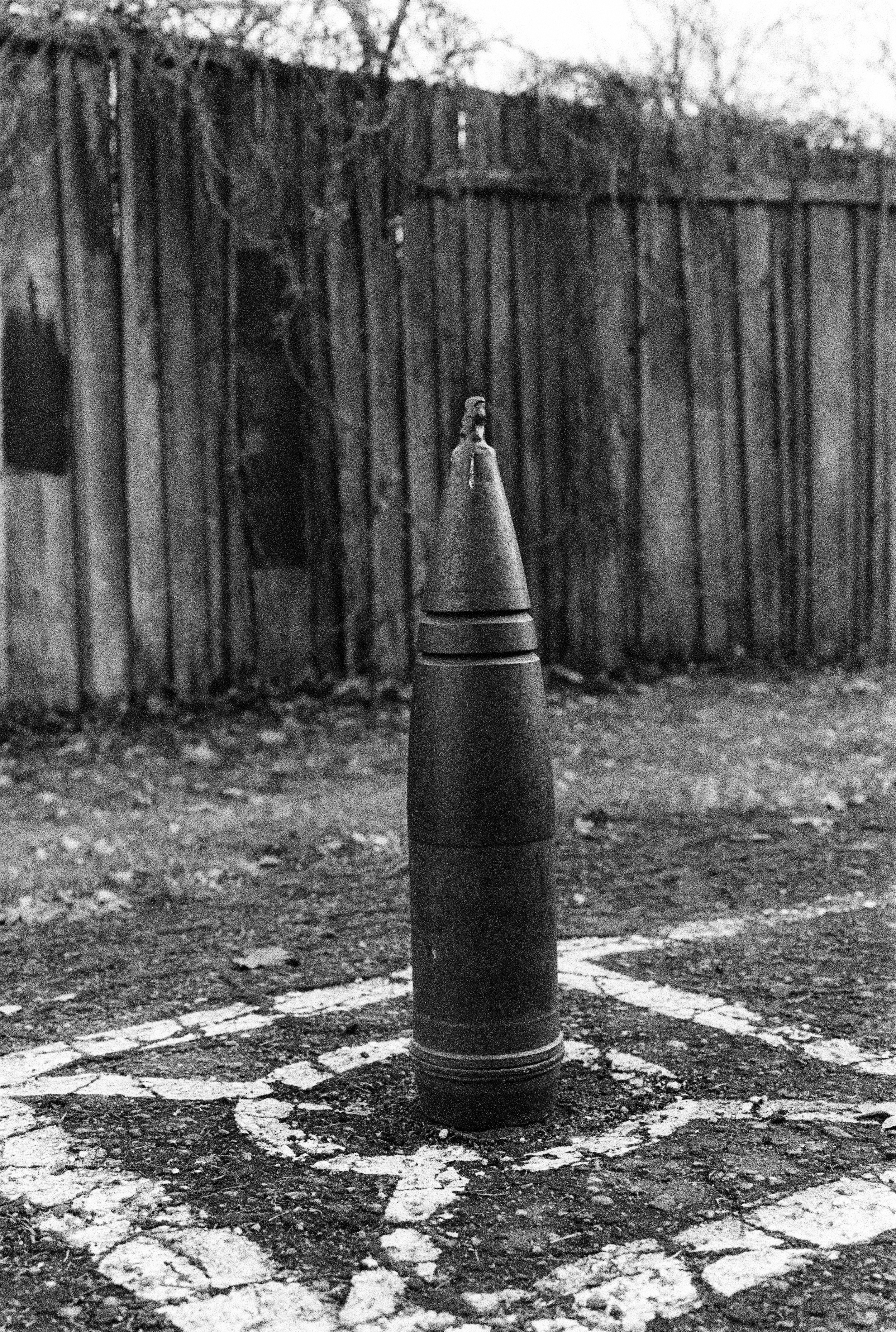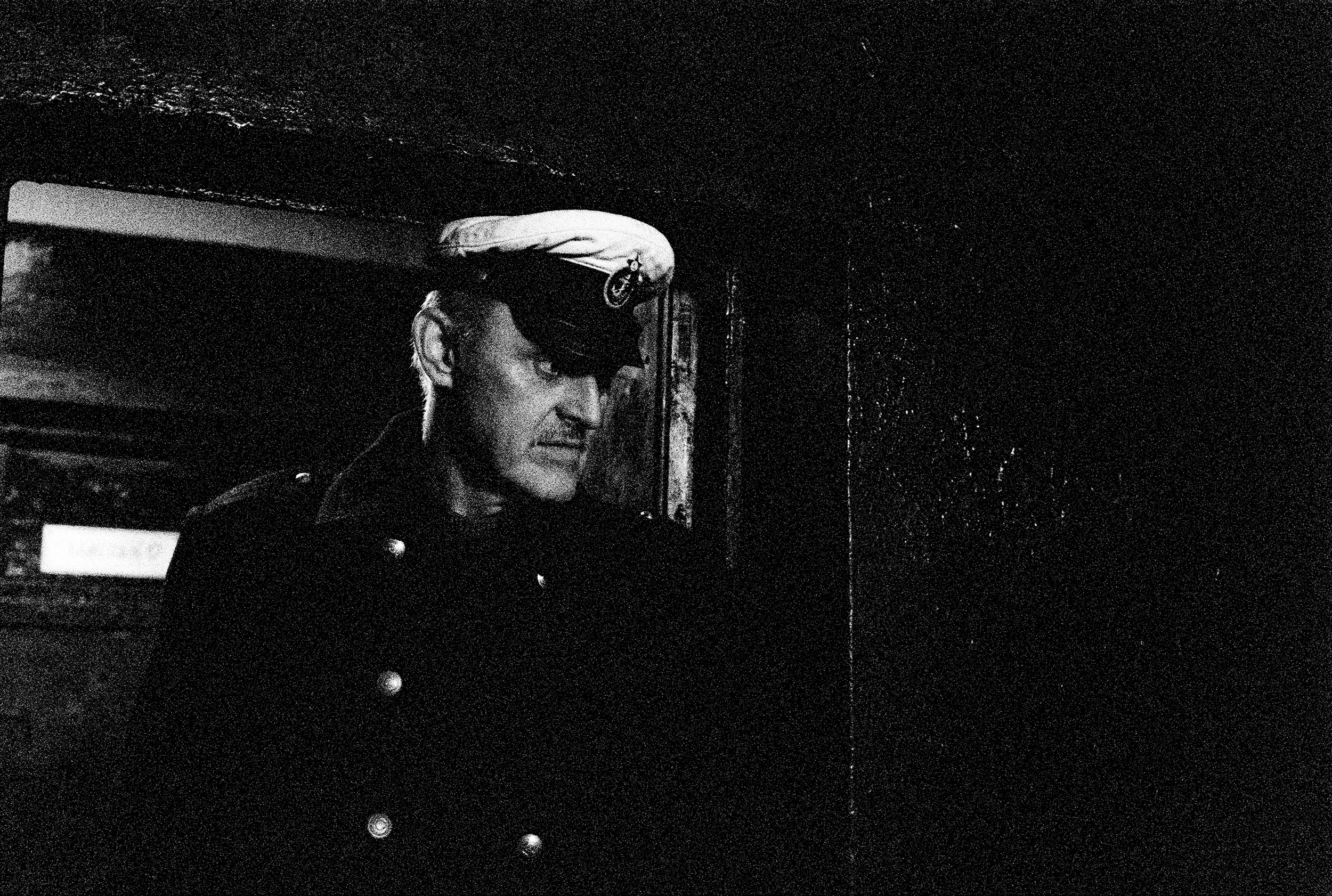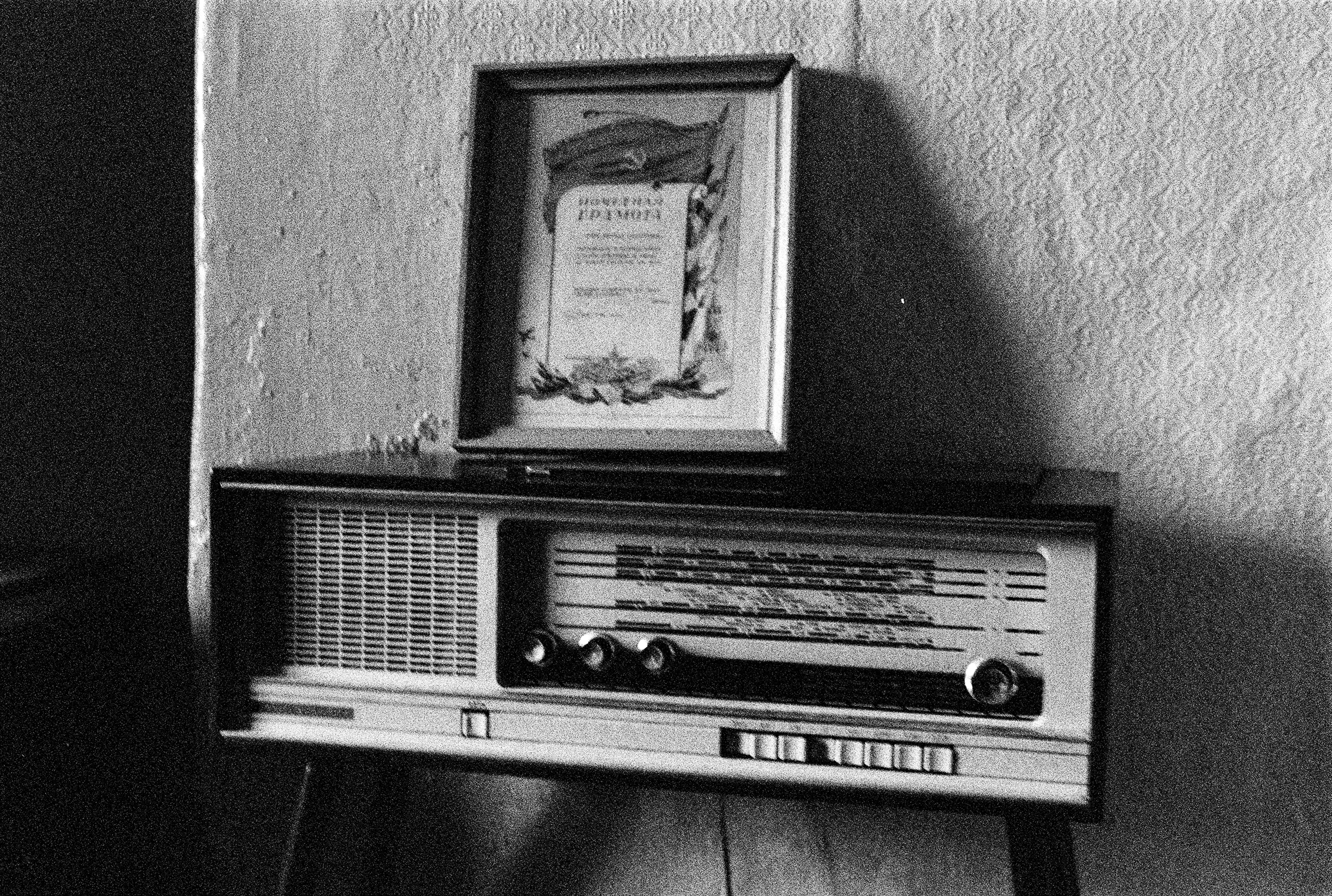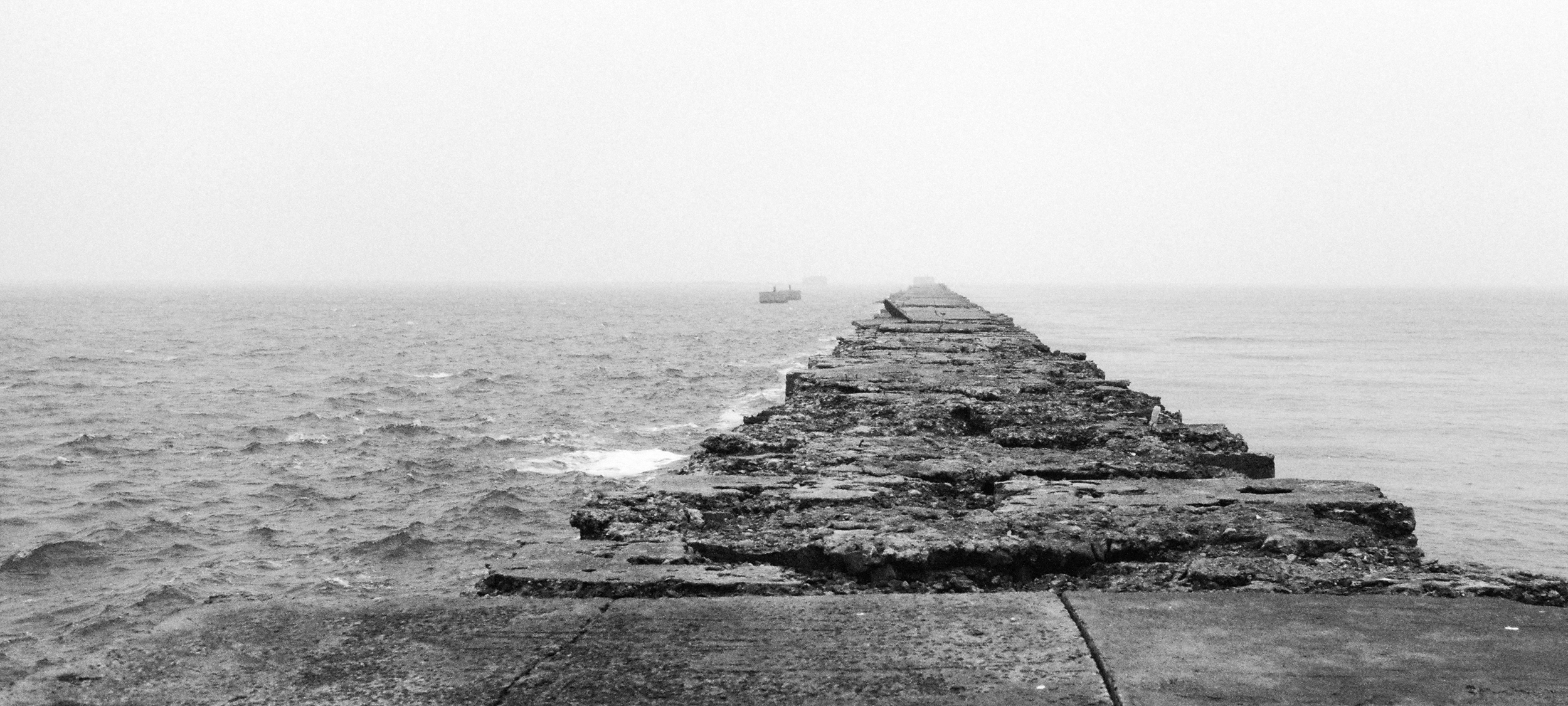
Baltijas karš
The Pier, The Bunkers, The Prison.
Karosta, north of Liepaja, Latvia.

The Pier
Karosta, a part of Liepaja, was created as a military town and fortress of Russian Tsar Alexander III. It was historically an independent area with a port, its own infrastructure, school and church, but nowadays everyone can take a look at the Russian military architecture.
The northern pier is 1800m long and 7.35m wide. It was built in 1901 to protect the territory of the port from storms and sand drifts. To make it resistant to the impact force of waves, its northern side was strengthened with concrete tripods.
The experience of walking all along the pier is an adventure in itself. There's a feeling of reaching the end of the world, when the coast disappears and you're only surrounded by the sea. How the men from 1901, with the technology of this time, were they able to construct such an architecture so far in the water ? Even before ships came in, many people died trying to build it.
The cost of war.
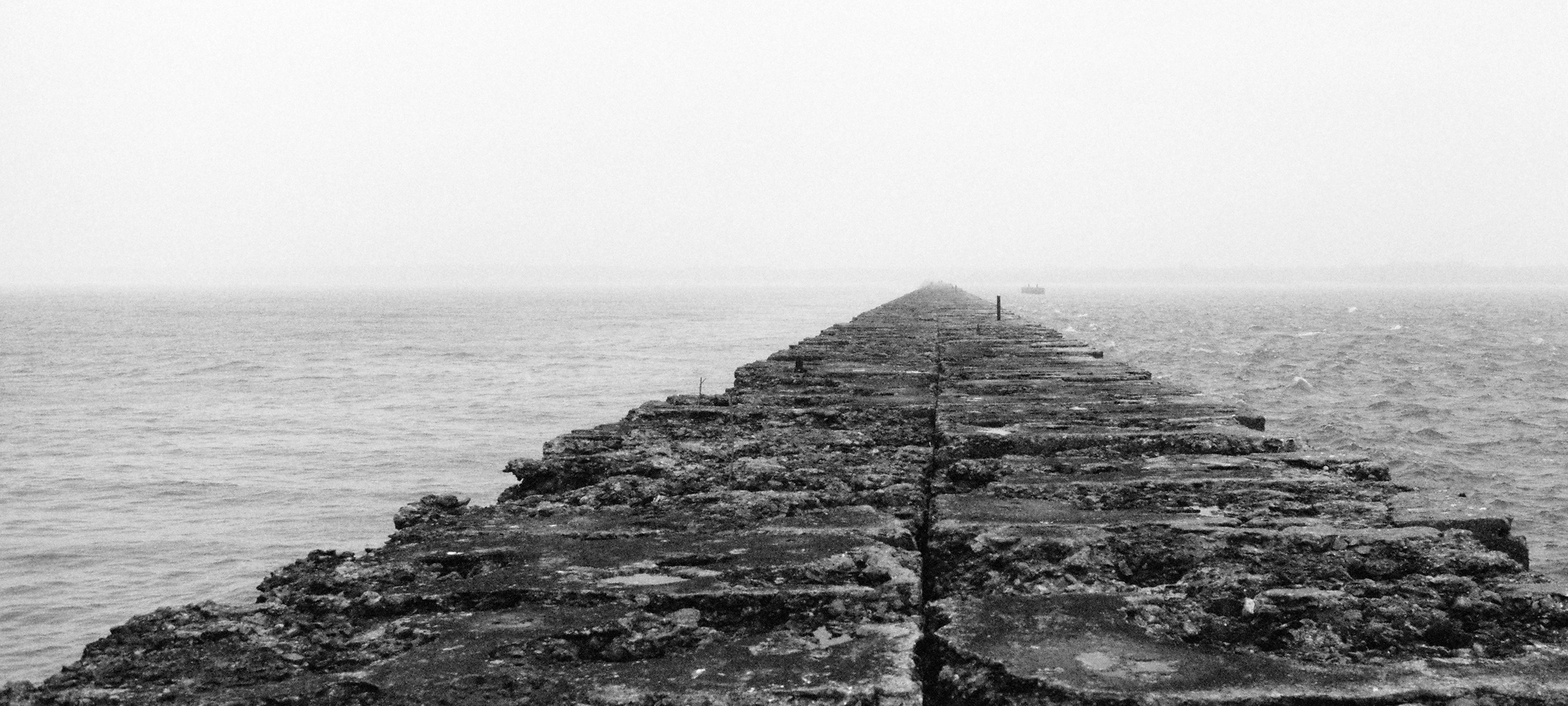



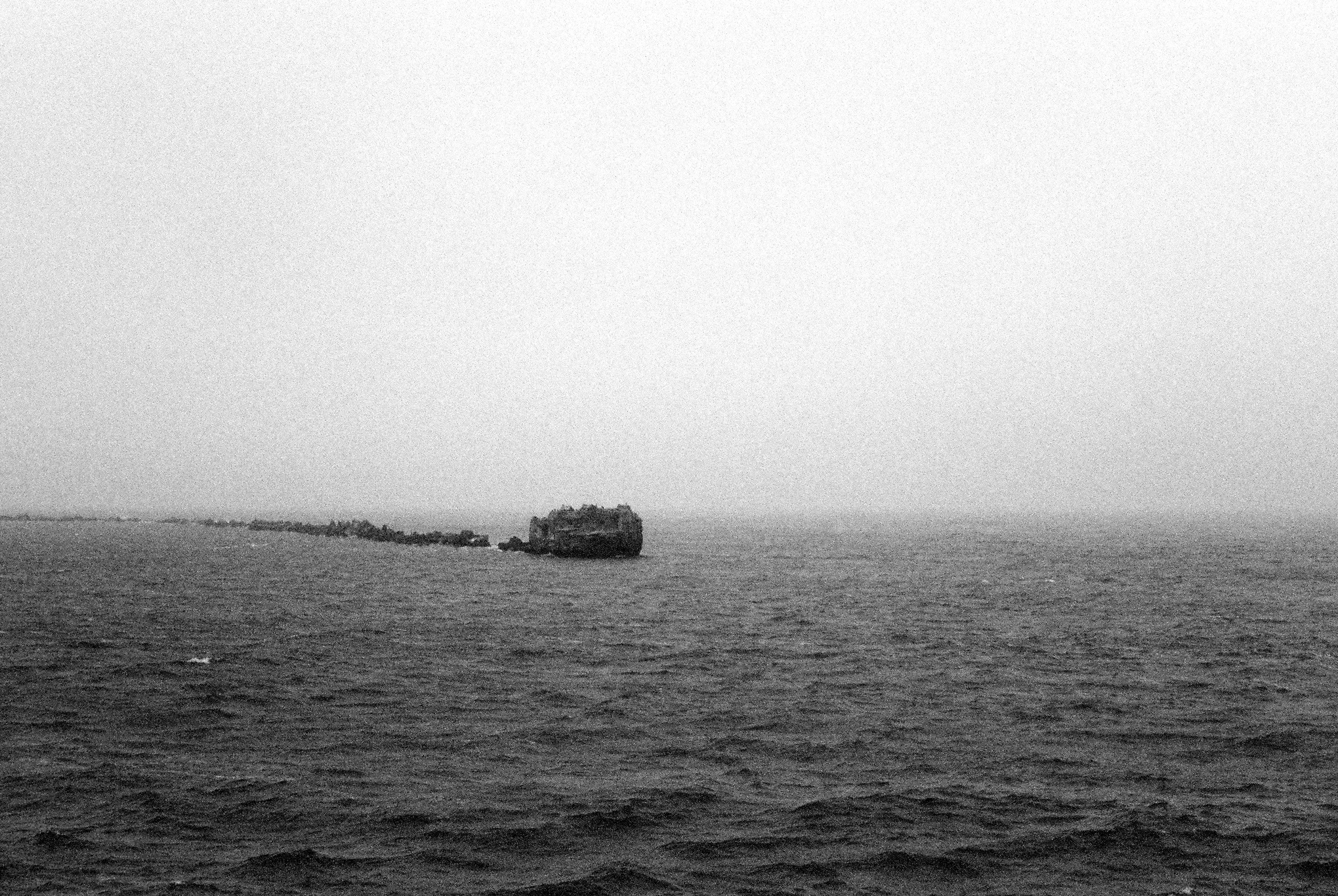


The Bunkers
The northern forts, in Karosta, are in ruins since the World War II. Destructed by the war, the time and the sea have also done their work as well. These huge blocks of concrete appears now like modern sculptures. Traces of the past, nature, like everywhere else on the planet, takes back its place little by little. A place that humaninty should not forget cause of the atrocity its "concrete scars" remind us.



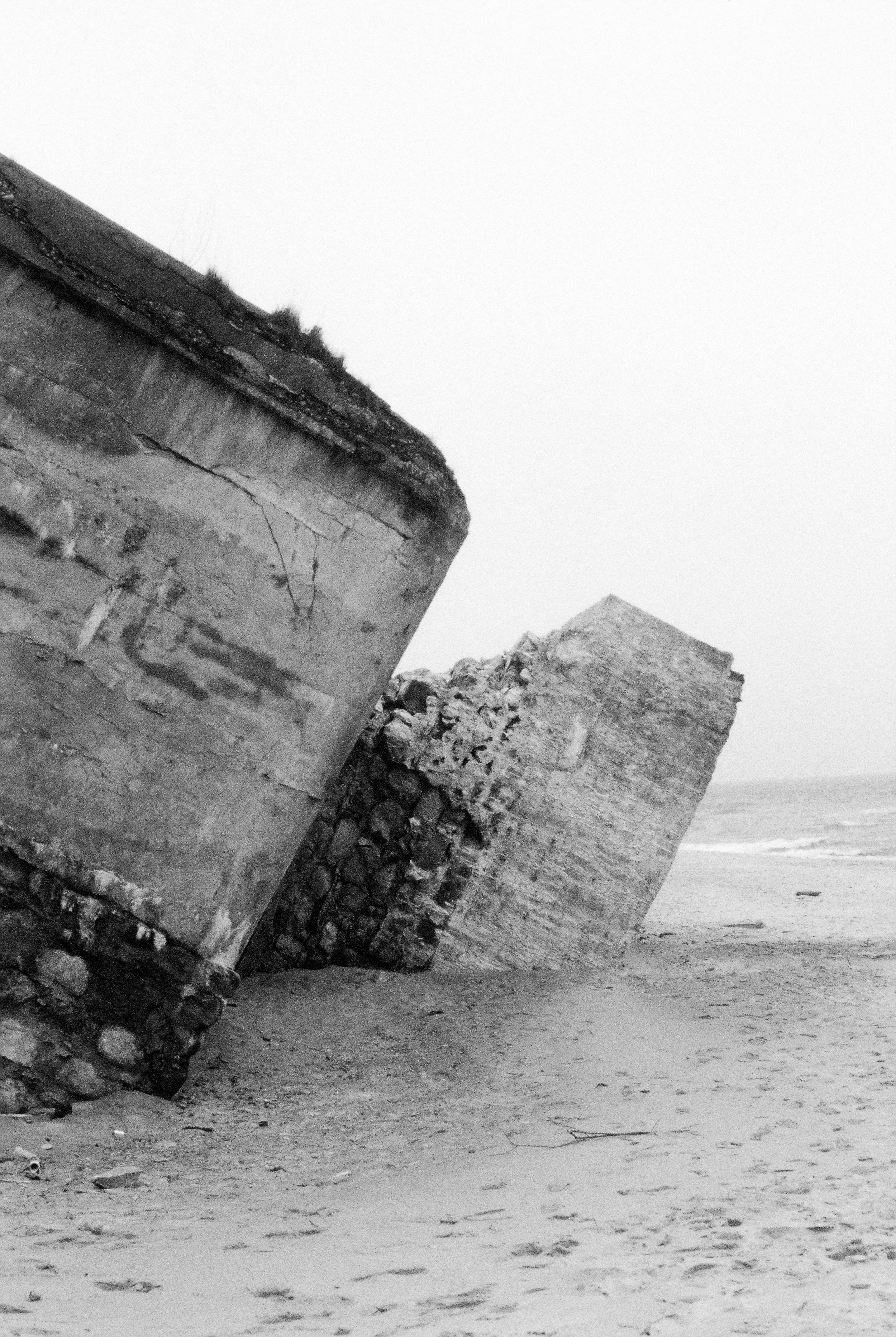


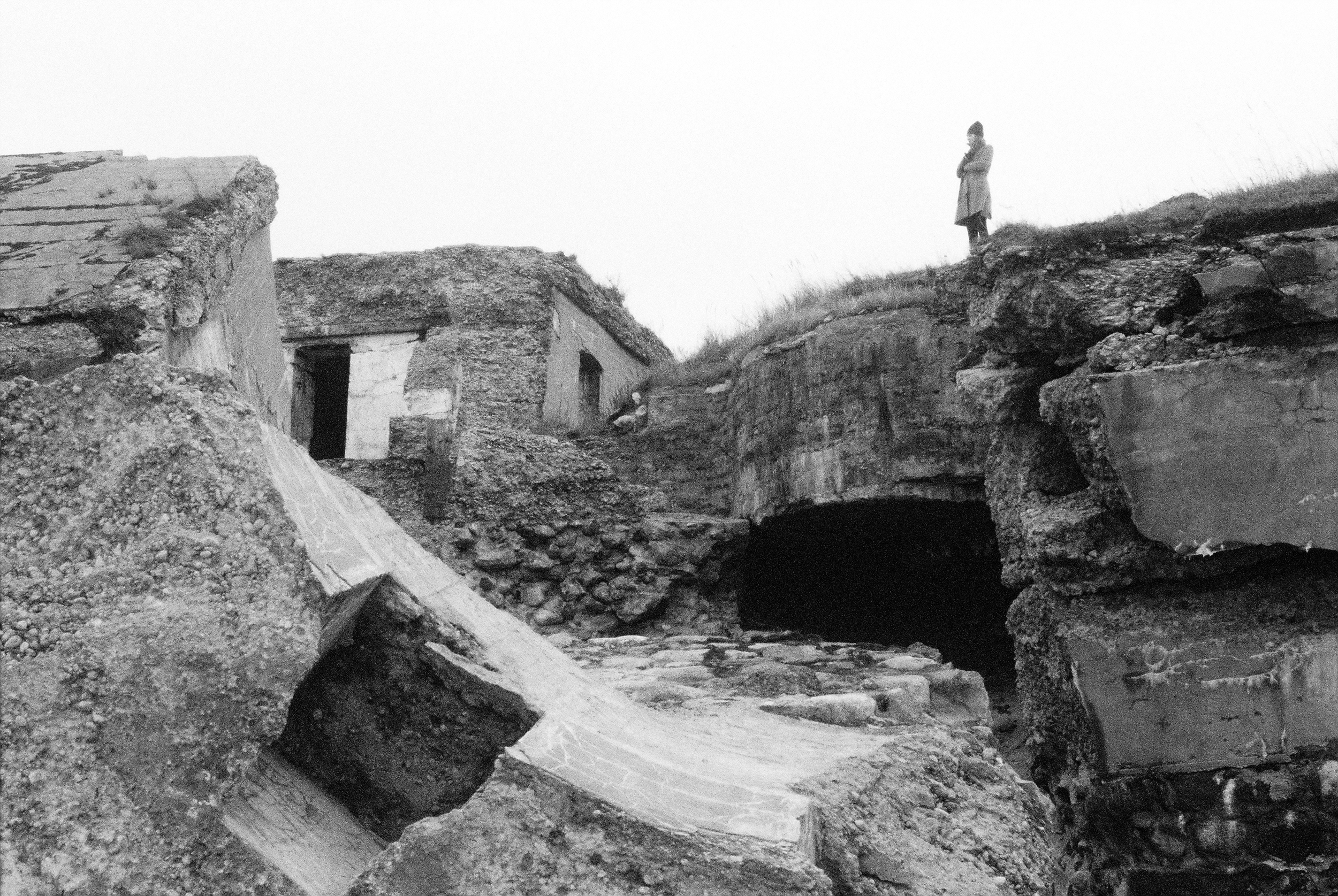

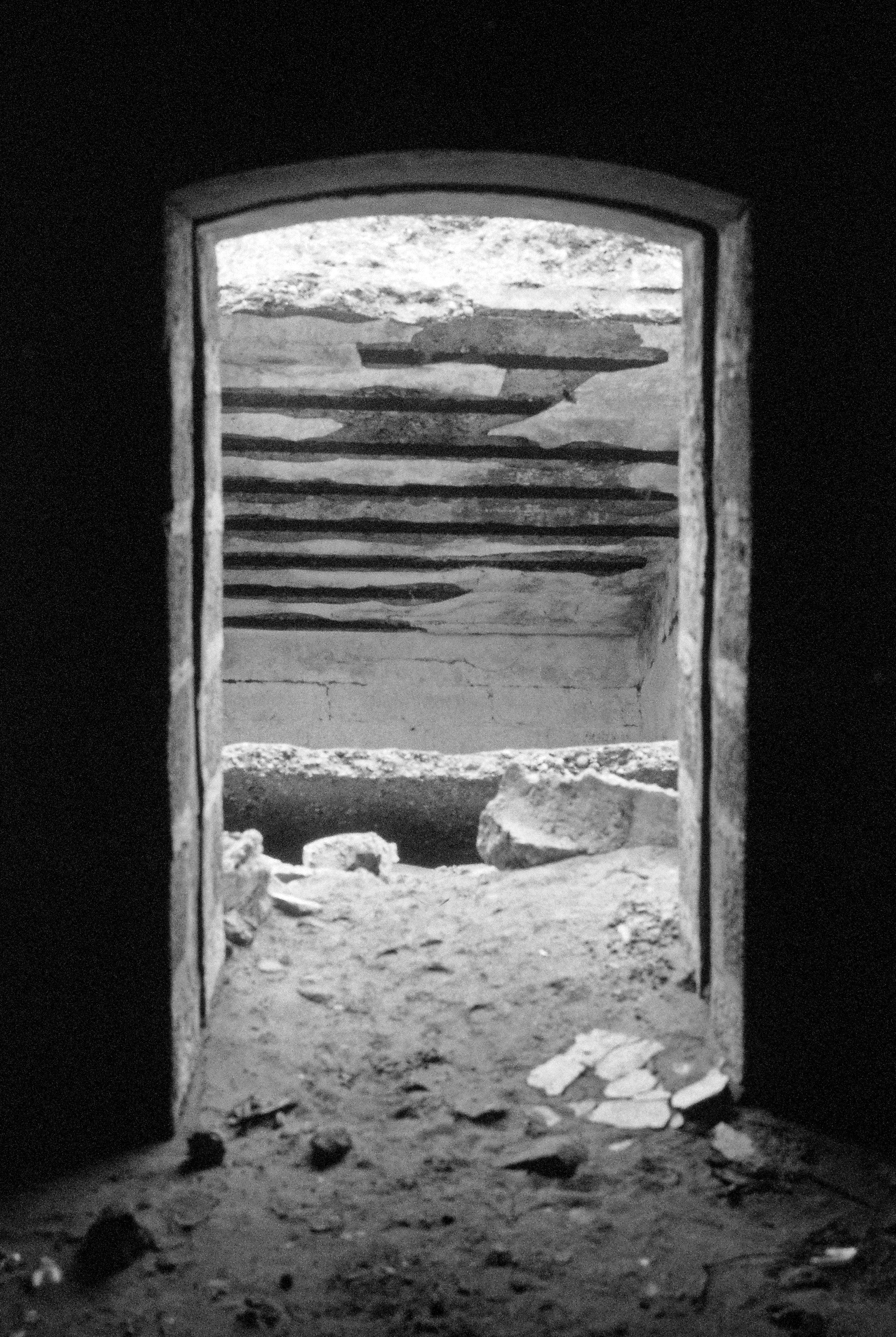

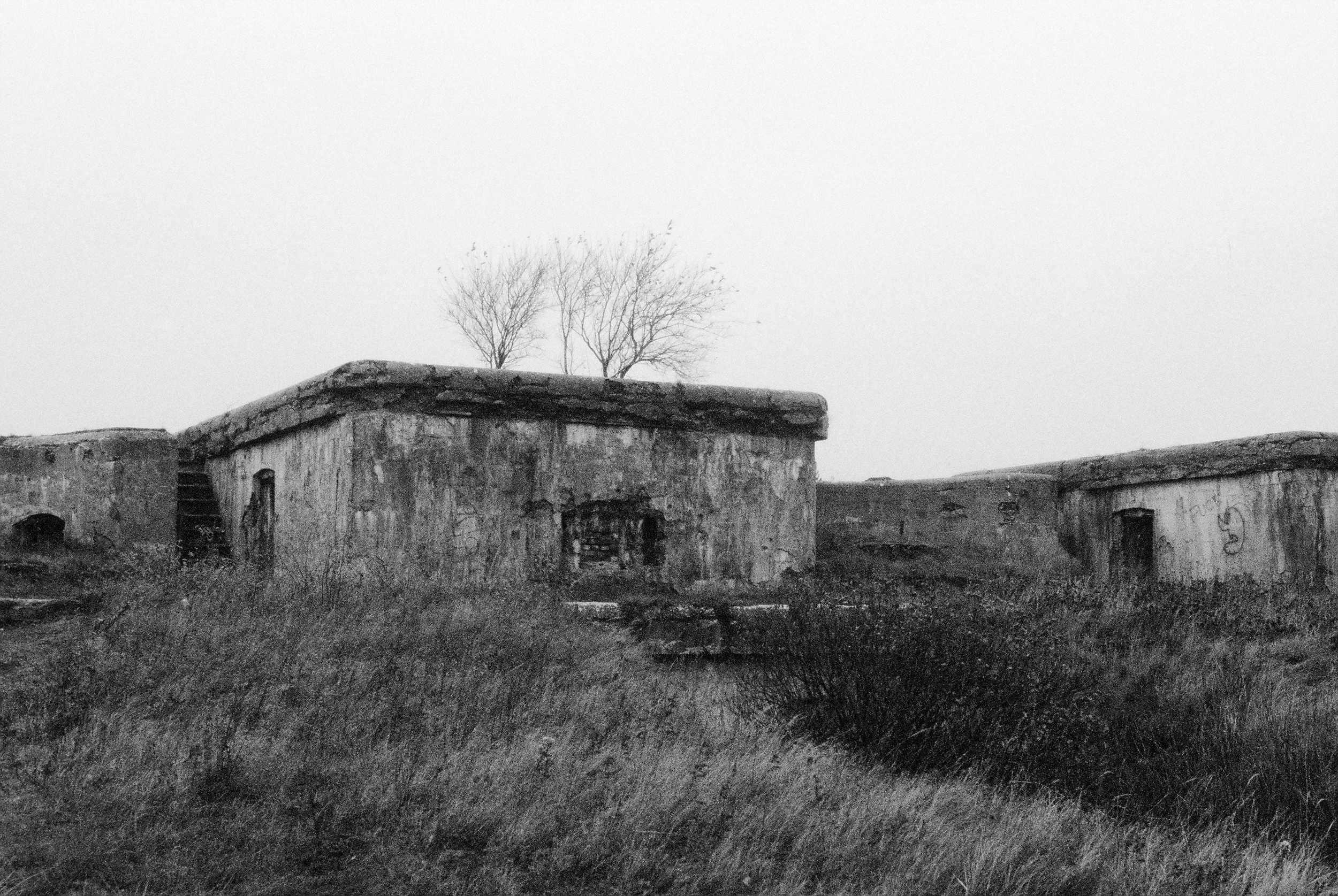
The Prison
Built around 1900, the Karosta Prison was initially used as an infirmary. But for most of the 20th century, it was used as a Nazi and Soviet military prison, in which hundreds of prisoners were killed.
Most were shot dead.
During World War II, the Nazis sentenced Latvian deserters to death at this prison.
It's history was so gruesome, even the solitary confinement room featured a cryptic message
above the door : ‘izeja no elles’, Latvian for ‘exit from hell’.
